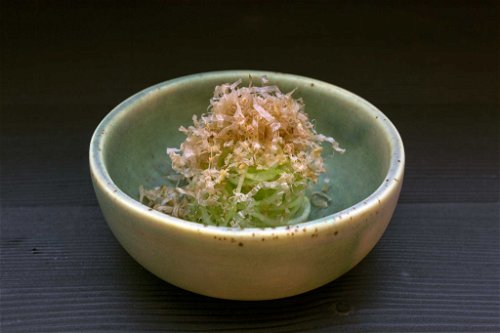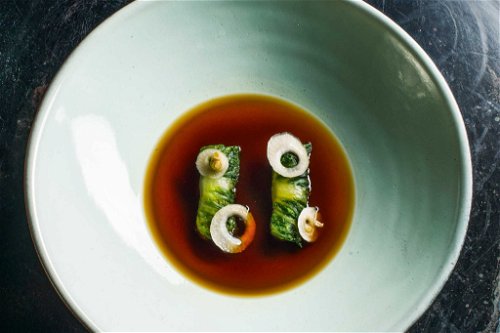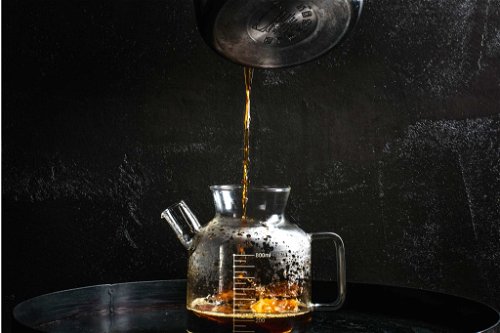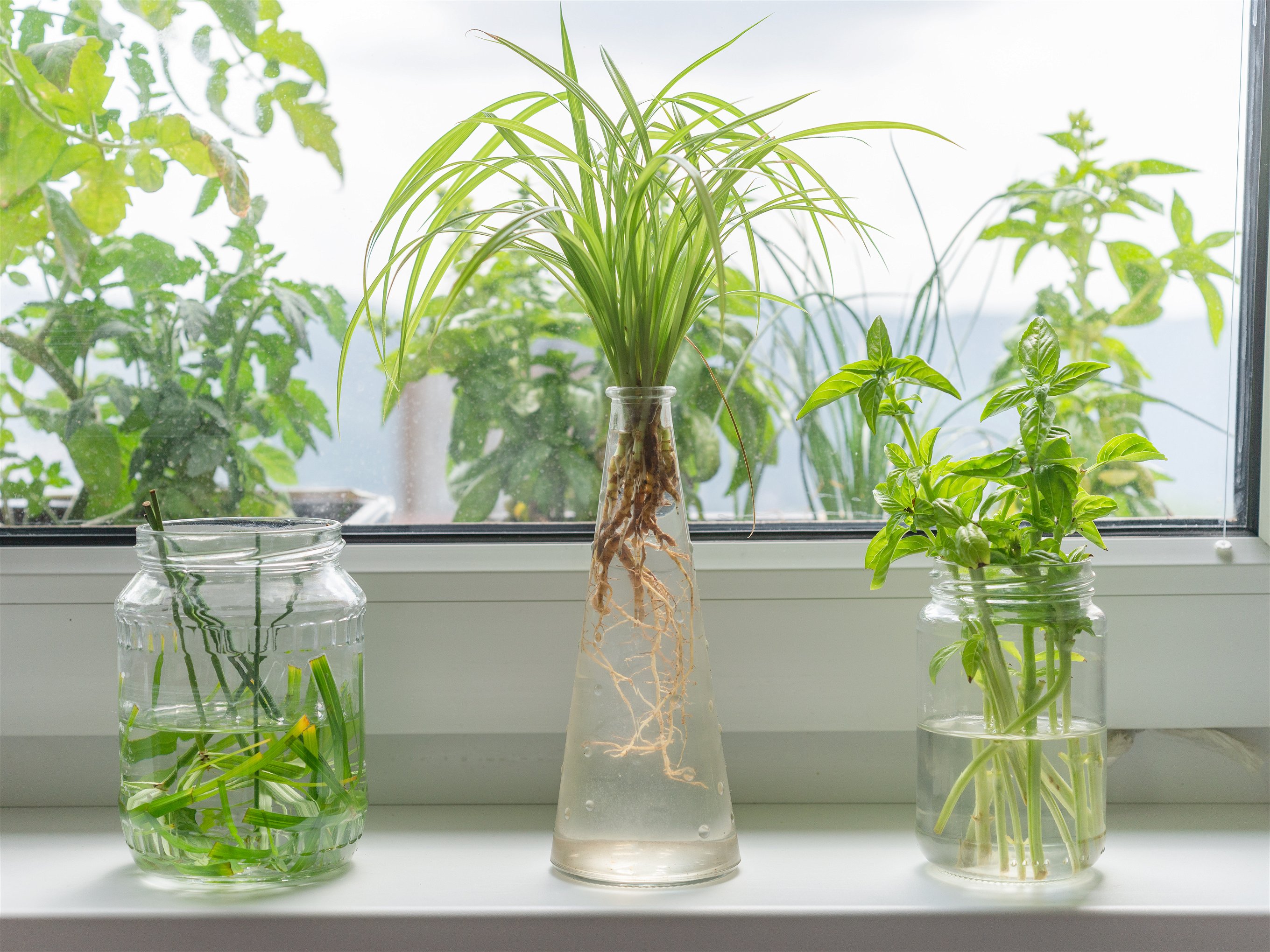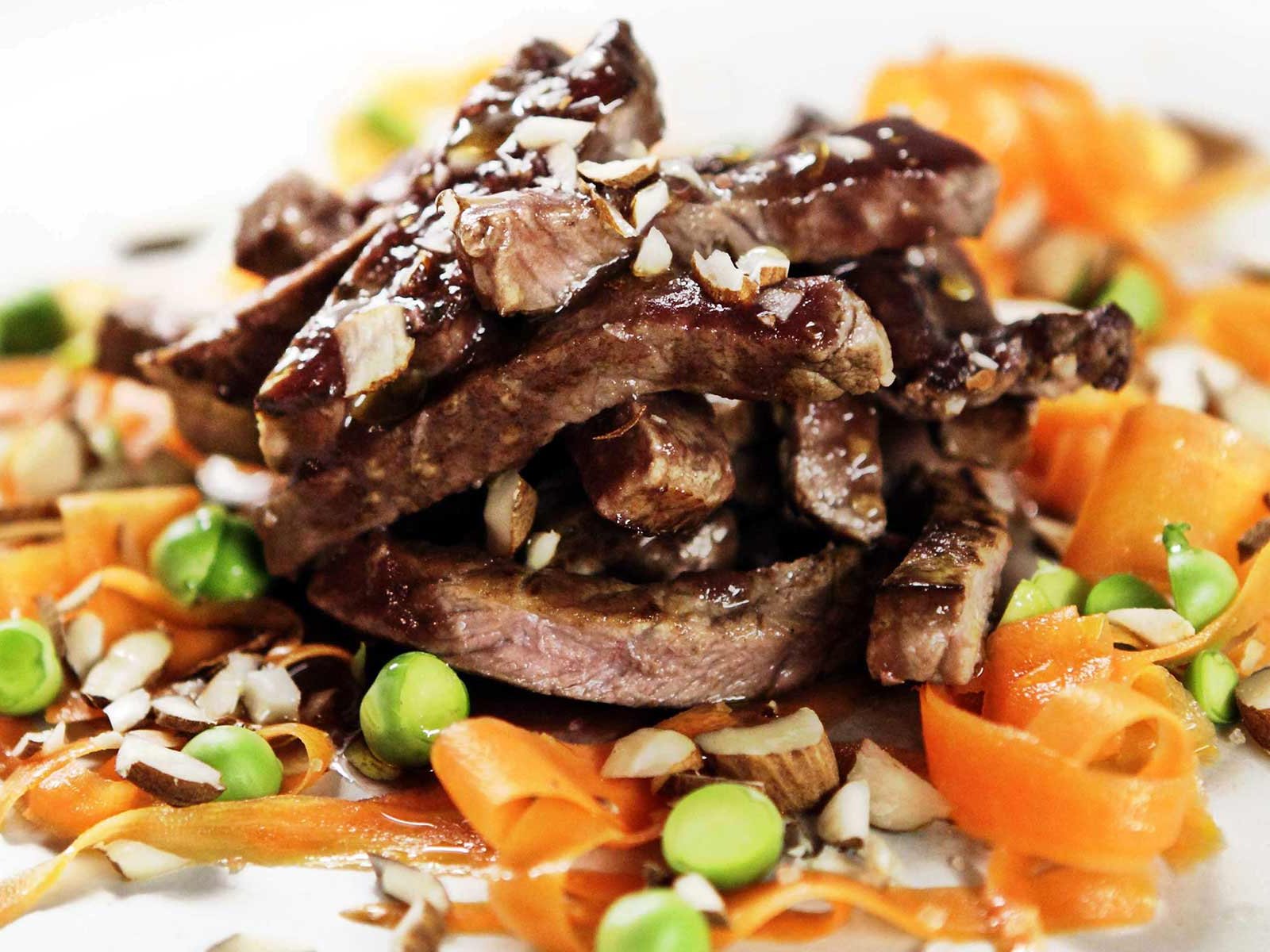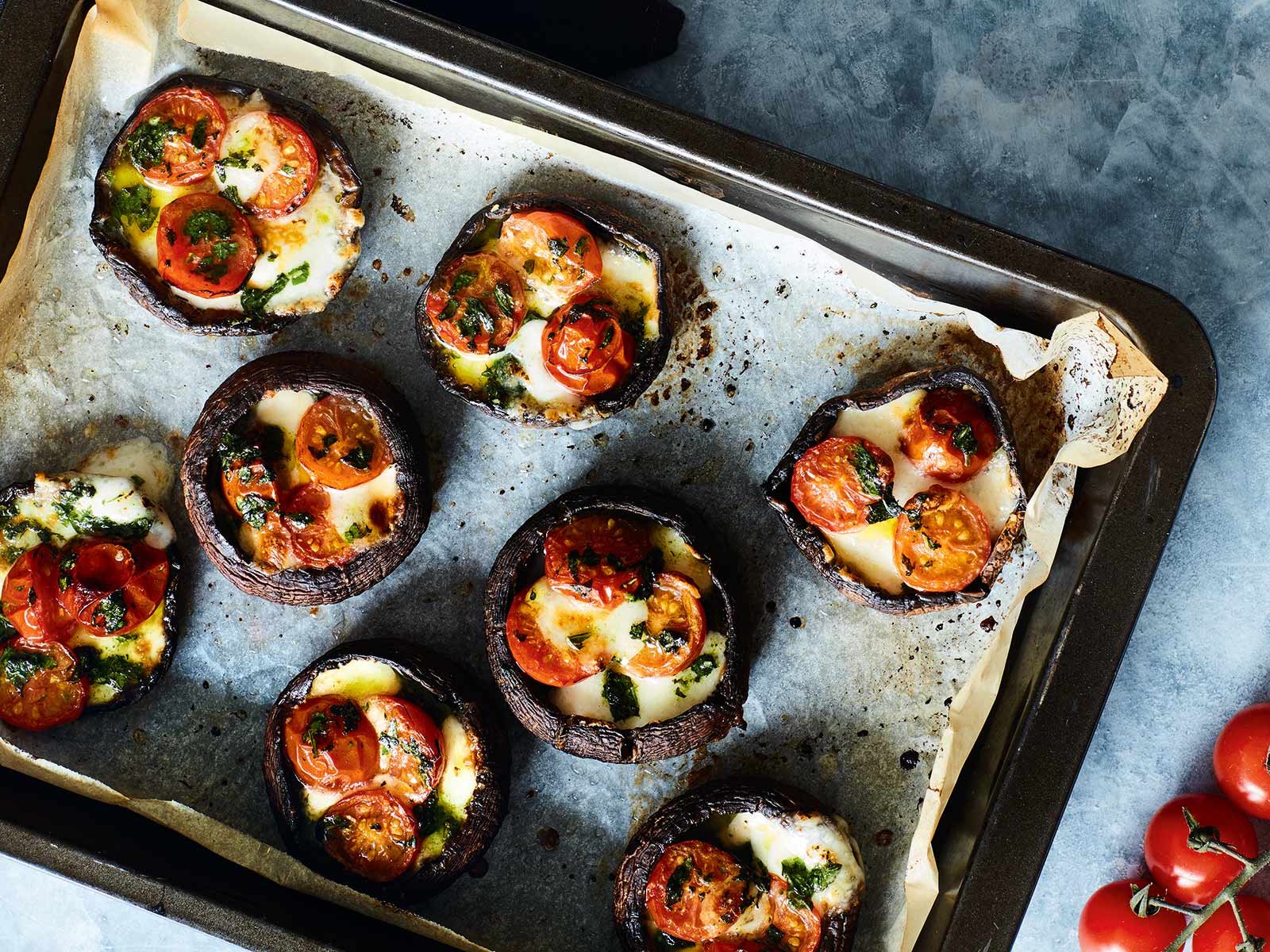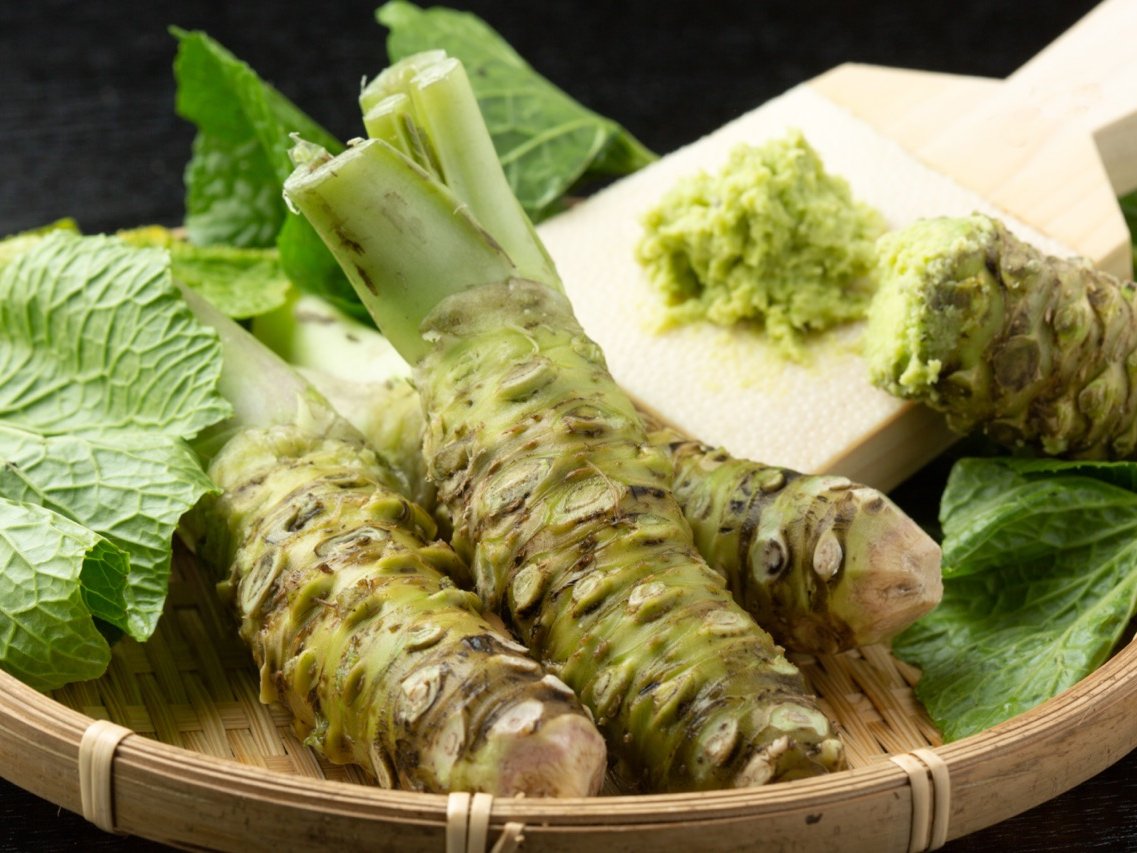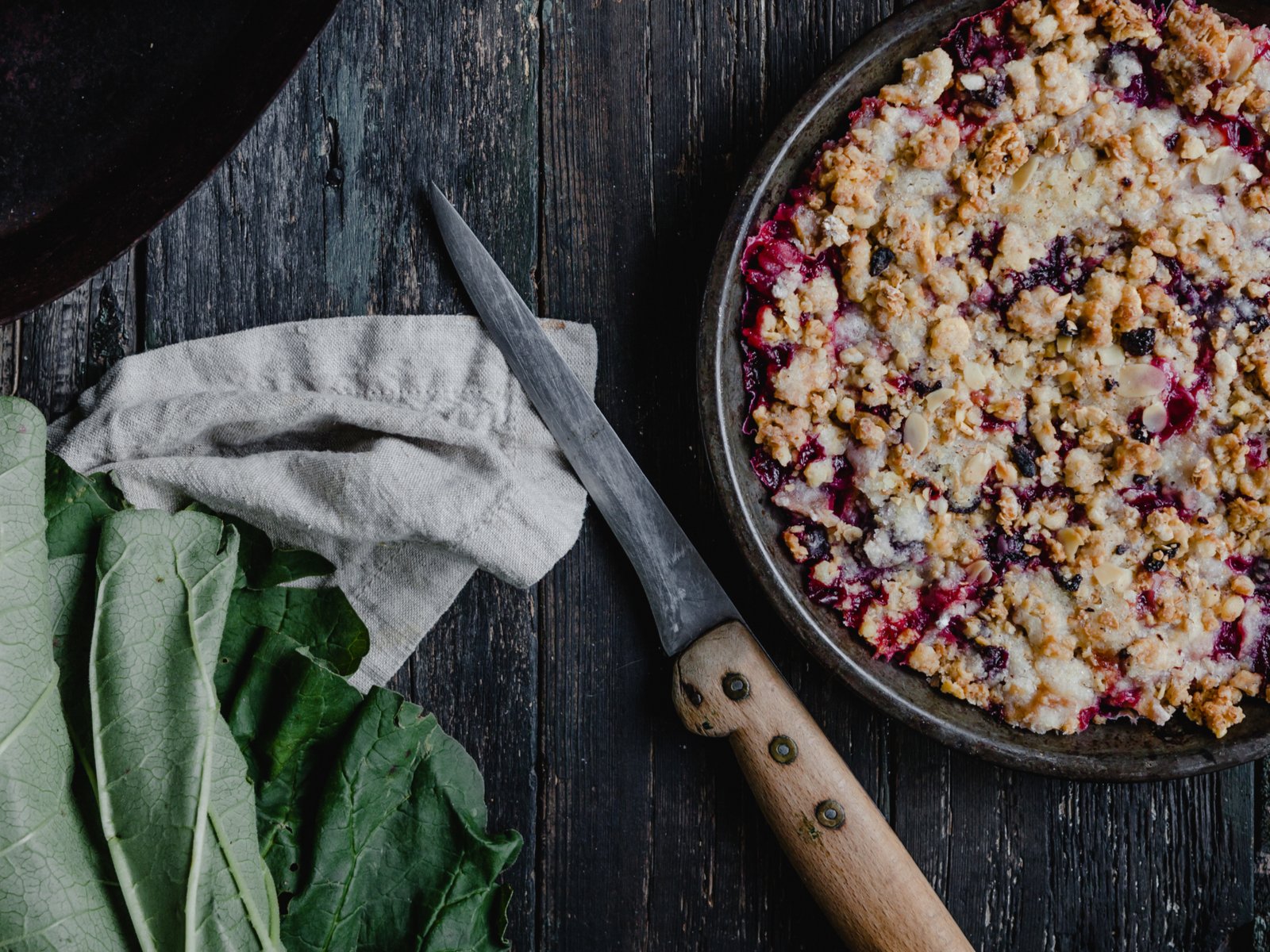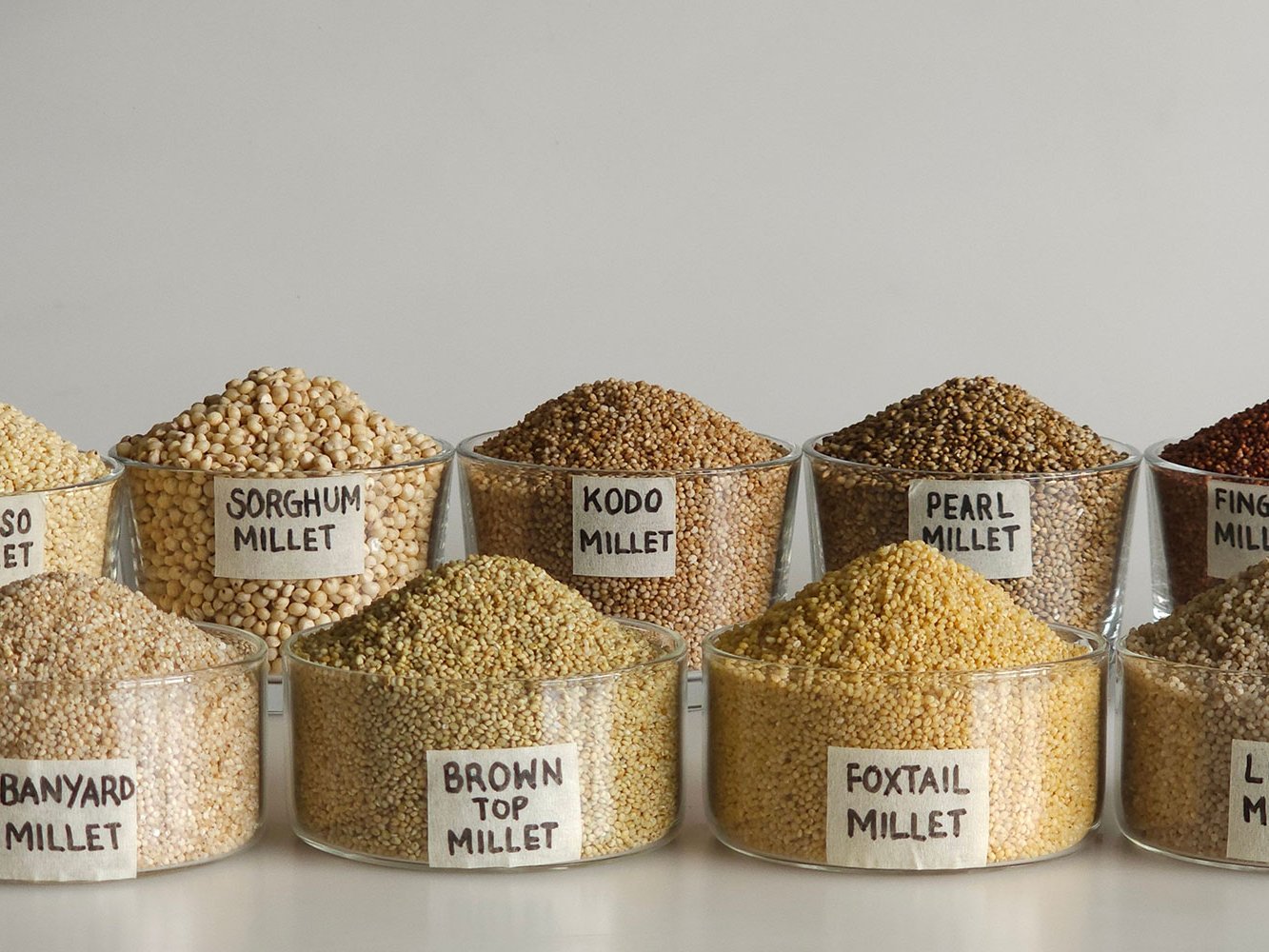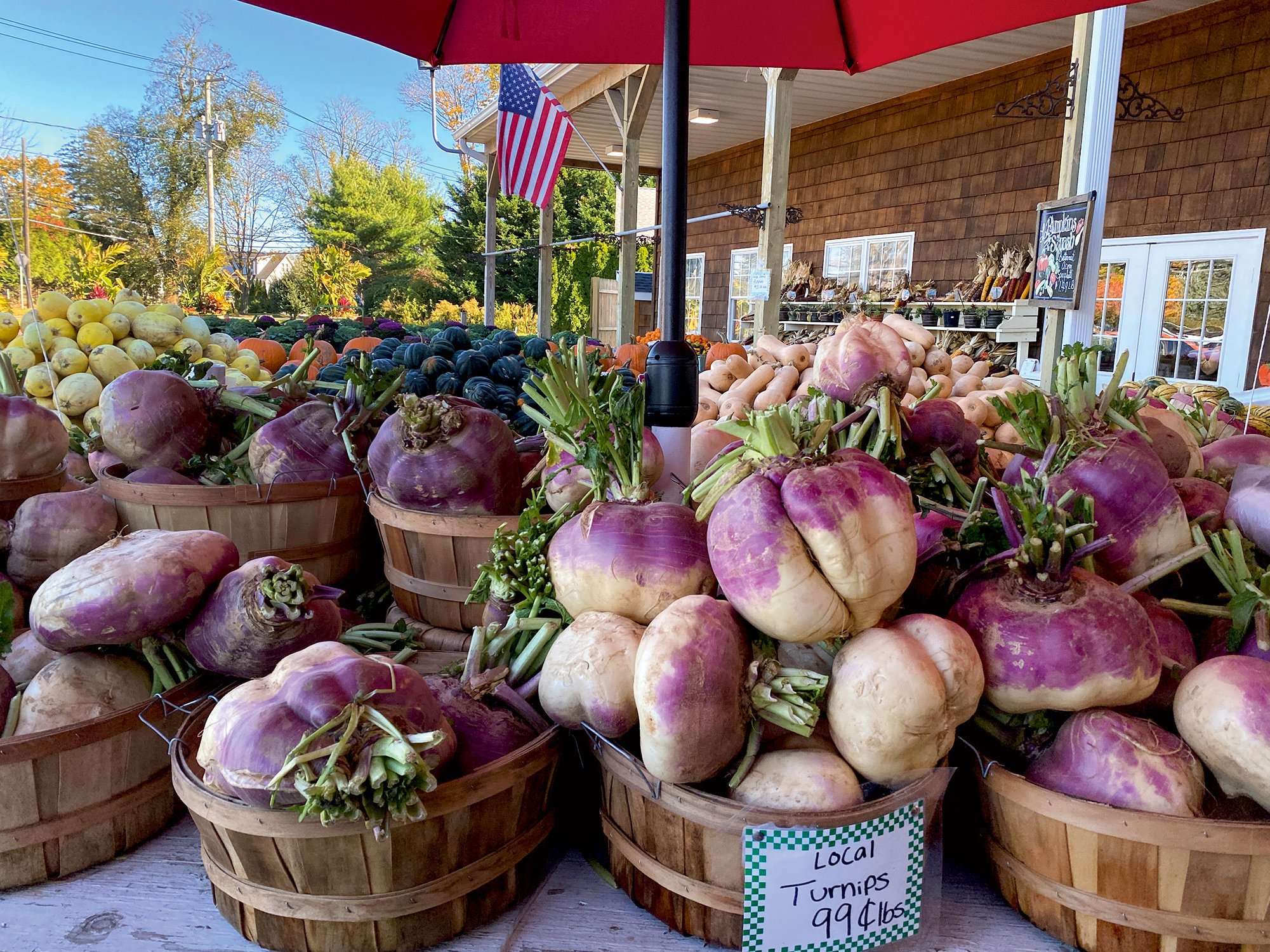Ageing Gracefully: Fermented Vegetables
Fermentation not only preserves food, it also gives it an irresistible umami taste over time. But why?
What do top chefs do when a vegetable tastes too bland? They ferment it. "If you only have one broccoli, how do you make it delicious? So that someone eats it and there's nothing wrong with it? You start fermenting it. Then it becomes different, crunchy, exciting, super tasty," says Philipp Inreiter, who has worked at Noma, Relae and Eleven Madison Park and has just opened his first restaurant, Slurp Rame in Copenhagen.
Fermentation
Fermentation is perhaps the most important form of maturation in terms of taste. It is what makes grain tasty and nutritious. Cereals (including rice) are fundamental to the human diet offering us both fibre and complex carbohydrates which, as we digest them, break down into glucose. Mankind soon realised that these starchy foods could be fermented.
Without fermentation, we would lack the world's most important drug, alcohol - a fixed component of countless religious rituals, ceremonies, medical cabinets and artists' biographies for thousands of years. The Roman poet Horace wrote, "poems written by water drinkers are generally bad and quickly forgotten".
The science
Very generally speaking, fermentation can be achieved in a variety of ways. For alcoholic fermentations, yeast is generally involved and the complex sugars of fruits, vegetables or grains are converted into acids, gases and alcohol over time and in the absence of oxygen.
There are also bacterial fermentations, perhaps better thought of as conversions, where certain bacteria break down various acids. In the case of cheese making, the malo-lactic fermentation occurs whereby bacteria convert the sugar in milk (lactose) to lactic acid, then the addition of rennet enzymes modifies the proteins, meaning that milk miraculously goes from lasting from days to months, as tasty cheese.
Vegetables too, can be fermented and thus preserved using the same lactic acid bacterial fermentation that is used in cheese making, but if fermented using yeast, then an umami note becomes very pronounced - that's the fifth taste along with salty, sour, sweet and bitter, perhaps best described as a pleasing savoury taste; this is responsible for the moreishness of umami-rich foods such as parmesan or ripe tomatoes.
It is estimated that up to a third of all foods eaten in the world are fermented. There is no known culture that does not ferment its food - from foods that are taken for granted such as bread, sauerkraut or wine, to the infamous hákarl, the fermented Icelandic shark, or chou doufu, China's fermented stinky tofu.
Flavours of the East
Three of the most prevelant seasoning sauces in the world owe their flavour to fermentation: soy sauce, fish sauce and miso. Staples of Eastern and Far Eastern cuisine they are universal delicacies that enliven everything they come into contact with and are therefore the backbone of some of the greatest cuisines; from Bangkok to Tokyo, cooking and eating without soy or fish sauce is unimaginable.
Soy sauce is brewed in a similar way to beer but uses soya beans so can contain somewhere between 1.5% - 2% alcohol. Miso paste is also brewed with the addition of koji (a fermentation starter culture based on rice). As with soy sauce, a by-product of fermentation is ethanol, but the amount is so insignificant it will evaporate when cooked.
Fish sauce owes its taste profile to a third type of fermentation; protein hydrolysis. Salted small fish, commonly anchovies, are stored in barrels at tropical temperatures for 3 months to 2 years. During this time the digestive enzymes of the fish hydrolize the proteins, resulting in a salty unctious liquid or paste. What all three have in common is very high levels of amino acids such as glutamate, which is the key component of umami.
Alpine soya sauce
Meanwhile, more and more top Western chefs and artisanal producers are becoming interested in these Asian techniques. In Germany, Felix Schneider from Sosein restaurant near Nuremberg has been experimenting with homemade miso for a long time and offers fermentation workshops from time to time. On a somewhat larger scale, Peter Koch produces his Black Forest Miso according to traditional Japanese methods from various beans and lupins.
Wild fermentation
The idea of salting and pressing fresh vegetables is one of the oldest and healthiest ways to preserve these vitamin rich foods. Carrots, cauliflower, cabbage, cucumber, radishes, turnips and French beans are all wonderful foods to ferment. Once preserved, the soured, tangy vegetables can be packed into sterile jars and enjoyed over the next four to five months.
Delicious and nutrious
Fermented vegetables are not only delicious but also nutritious, their vitamins have been preserved through the absence of cooking and thus make an excellent fat-free, vitamin-rich, probiotic food.
It is the breakdown of sugars and starch by naturally occuring bacteria that creates an environment of beneficial enzymes, B vitamins, and omega-3 fatty acids, not to mention various species of good bacteria, all of which are good for our gut and for our health.


